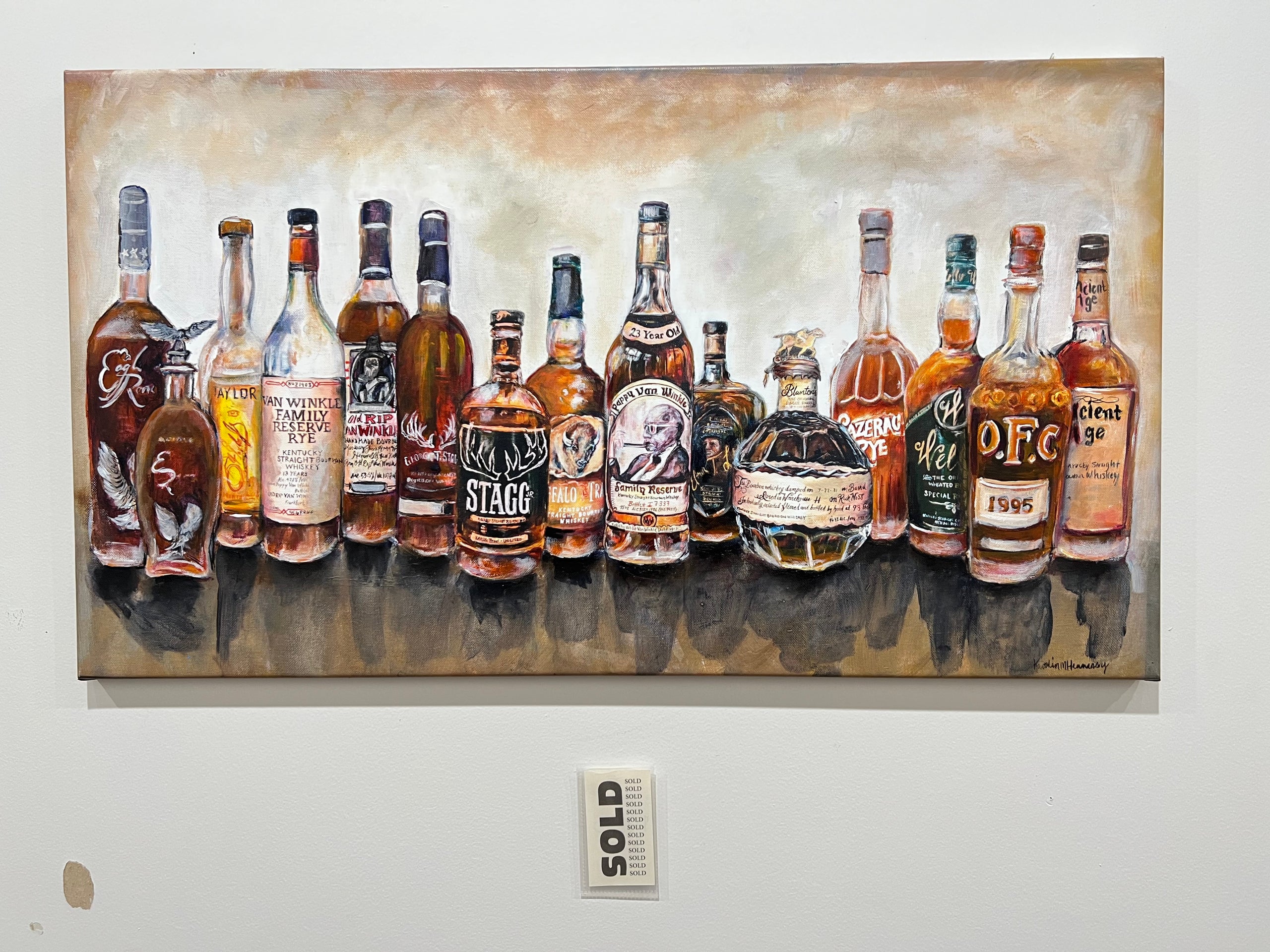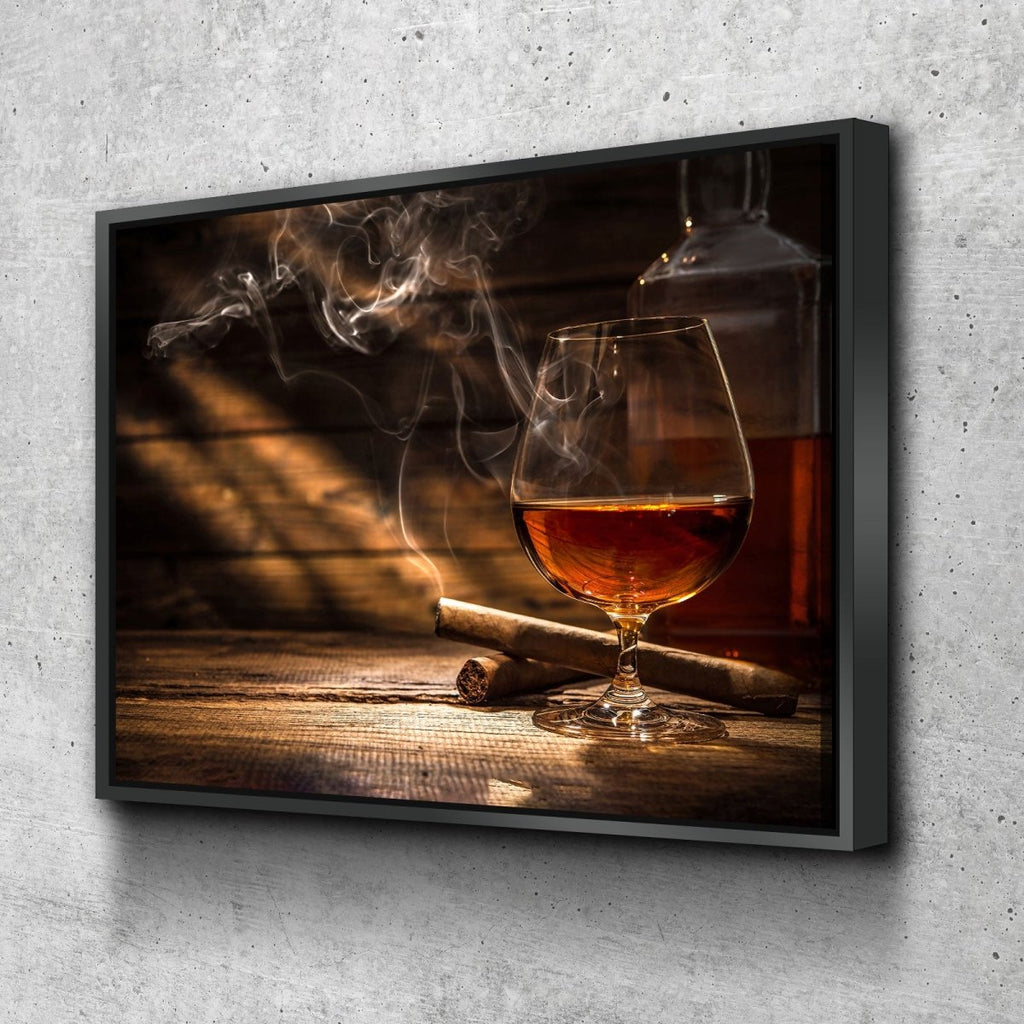Whiskey Art as a Declaration: Exactly How It Enhances Home Decoration
Whiskey Art as a Declaration: Exactly How It Enhances Home Decoration
Blog Article
The Significance of Whiskey Art in Celebrating Heritage and Craftsmanship in the Beverage Industry
The elaborate connection in between scotch art and the party of heritage and craftsmanship within the beverage industry can not be overemphasized. With thoughtfully made labels and bottles, whiskey brands encapsulate their historic origins and the artisanal abilities that define their manufacturing methods. This imaginative measurement not just enhances market allure however also works as an avenue for social storytelling, promoting a much deeper link in between the craft and the customer. As we discover the numerous facets of this topic, appealing concerns about the effect of modern fads on typical practices arise, triggering additional evaluation.
The Historical Roots of Whiskey
At the heart of whiskey's allure exists an abundant tapestry of historic origins that map back to old civilizations. The origins of scotch can be linked to the distillation techniques of the Sumerians and Babylonians around 2000 BCE, where early kinds of fermented grain drinks began to arise. It was in the Middle Ages that the art of distillation evolved substantially, especially in Ireland and Scotland, leading to the creation of whiskey as we know it today.
The term "bourbon" itself derives from the Gaelic word "uisce beatha," implying "water of life." This expression underscores the social importance of whiskey in Celtic cultures, where it was frequently connected with rituals, events, and communal bonding. By the 15th century, distillation came to be an identified craft within monastic communities, leading the way for the establishment of lawful distilleries.
As trade paths increased, scotch's popularity grew, transcending regional boundaries and capturing the interest of lovers worldwide. Whiskey Art. This historical trip mirrors not just the craftsmanship behind whiskey production but also its indispensable duty in cultural and social contexts, marking it as a considerable beverage throughout history
Artistic Expression in Branding
Whiskey branding stands as an engaging junction of artistry and commerce, where visual identity plays a vital role in forming consumer understanding. The aesthetics of bourbon tags, packaging, and marketing materials reflect not only the brand name's story yet likewise its core worths and heritage. With artistic expression, distilleries convey a narrative that reverberates with customers, evoking feelings and stimulating links.
The usage of color, typography, and images in branding offers to set apart items in a saturated market. Conventional themes may evoke a sense of authenticity and workmanship, while modern layouts can signify innovation and forward-thinking. This strategic creative direction improves brand recognition and loyalty, enabling customers to create an individual partnership with the whiskey they select.
Additionally, artistic expression in branding usually works as an event of local heritage. Distilleries regularly integrate regional symbols or historical referrals right into their layouts, producing a sense of area that welcomes consumers to take part in a wider cultural experience. Inevitably, the creativity behind bourbon branding not just enhances aesthetic allure yet additionally improves the total narrative of the brand, cultivating a deeper recognition for the craftsmanship and heritage ingrained in each bottle.
Craftsmanship in Container Layout
The artistry apparent in whiskey branding expands beyond aesthetic identity to include the craftsmanship associated with container style. Each bottle acts as a vessel not simply for the spirit within, but additionally for the story it informs concerning its high quality, origin, and tradition. The design process calls for precise interest to information, as aspects such as shape, closure, and material add substantially to the general assumption of the bourbon.
Workmanship in container design entails picking premium glass that can improve the whiskey's shade and quality, while also giving a tactile experience for the consumer. The silhouette of the container need to be both visually enticing and practical, often showing the heritage of the brand. Numerous distilleries opt for one-of-a-kind forms or printed logo designs that evoke a feeling of credibility and history.
Additionally, the label style and typography play a crucial role in interacting the brand name's story. Whiskey Art. A well-crafted container not only mesmerizes the consumer's eye however additionally enhances the brand name's dedication to high quality and practice. This way, the craftsmanship of bottle layout becomes an essential aspect of the scotch experience, combining artistry with an extensive regard for heritage
Cultural Value of Bourbon Art
Celebrating practice and craftsmanship, the cultural importance of bourbon art transcends mere looks, intertwining with the historical and social narratives of the regions from which it stems. Each bottle functions as a canvas, showing the special stories, mythology, and traditions that have actually shaped regional whiskey-making methods. The intricate designs usually mirror the heritage of the distillers, integrating icons and themes that reverberate with the society and values of their neighborhoods.

Additionally, whiskey art plays a vital try this site function in public celebrations and parties, working as a concrete web link between individuals and their shared experiences. By appreciating the creativity in whiskey product packaging, consumers grow a much deeper understanding and regard for the craft, inevitably improving their pleasure of the drink itself.
Modern Trends in Bourbon Presentation
Over the last few years, the discussion of bourbon has advanced to show modern tastes and fads while still recognizing conventional official site craftsmanship - Whiskey Art. Distilleries are increasingly concentrating on visual components that improve the total drinking experience, bridging the void between heritage and modernity
Innovative bottle styles have emerged, frequently integrating sustainable materials and creative labels that tell compelling tales. Numerous brands now team up with local artists, infusing their products with one-of-a-kind aesthetic expressions that resonate with consumers. Additionally, limited-edition releases are often packaged in collectible containers, including worth and allure for lovers.

Final Thought
To conclude, bourbon art acts as an important conduit for revealing the heritage and workmanship intrinsic in the beverage market. Through complex branding, ingenious bottle styles, and culturally significant imaginative aspects, whiskey brands properly honor their practices and get in touch with customers. This imaginative narrative not just boosts the appreciation of scotch but additionally enhances neighborhood identification and satisfaction amongst manufacturers. Ultimately, whiskey art plays an important function in preserving and celebrating the abundant social tapestry of whiskey-making.


Craftsmanship in bottle style includes choosing premium glass that can boost the whiskey's color and clearness, while likewise giving a tactile experience for the customer. In this method, the craftsmanship of bottle style ends up being an important element of the bourbon experience, merging creativity with a profound respect for heritage.
In final thought, bourbon art serves as an important avenue for sharing the heritage and workmanship fundamental in the beverage sector.
Report this page